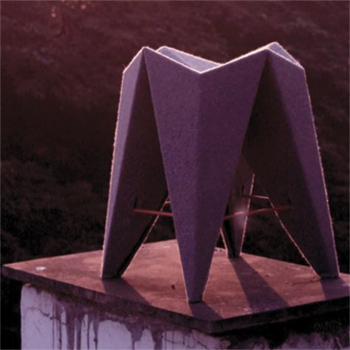Rajasthan leaves no senses untouched. The colours, yellows, blues, greens and red are a delight to watch. The state has a distinct music to it with kartals and dholak singing the bravery of warriors and songs of Thar desert and festivities. Rajasthani cuisine made of dried vegetables and spices has a distinct flavor and fragnance. Dal bati churma, ker sangri, badi, pithode, gatte are few to be named .The land restores and tell stories of its art and culture in the kind of architecture practiced, various handcrafted items, clothing etc. Each motif is quintessential to the place and represents the uniqueness of the land in the best possible way. The major population of Rajasthan is of Rajputs Who belonged to the warrior class of people and are an image of feudalism and chivalry. The entire cultural ecstasy of the nation with all its regality and beauty boils down in the cultural beauty of the state of Rajasthan. The first recorded Rajput kingdoms emerged in Rajasthan in the 6th century and small dynasties later ruled much of northern India. According to the Hindu Mythology, the Rajputs of Rajasthan are the descendants of the Kshatriyas or warriors of Vedic India. The Rajput ethos is martial, in spirit, and fiercely proud and independent, and emphasizes lineage and tradition. Rajput women have always been known for their grace and conduct. From an early age Rajput girls have always been told that they must learn modesty for when they marry they will have to live in a new family, accept its customs, and obey its elders. On the contrary the tales of their bravery and courage to fight against all odds and taking to war when in need are well scripted in history .Women of the clan are known for their sacrifices as sati and are preached till date as sati mata.





